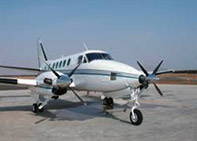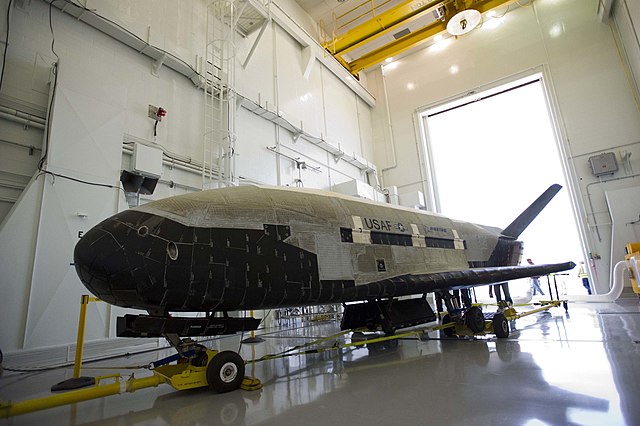Robotic X-37B had its most recent mission, the sixth flight for the military space place. The X-37B remains a classified project and is one of the most intriguing spaceships in the world. Here’s a look at some amazing facts about the secretive space place.
Let’s start with some basic facts. The X-37B is around 9.5 feet (2.9 meters) tall and 29 feet (8.8 meters) long. The space plane has a wingspan of less than 15 feet (4.6 meters). When on the launchpad, it weighs 11,000 pounds (4,990 kilograms). With the capacity of taking off vertically, the X-37B is propelled by a rocket. The vehicle can operate at an altitude of between 150 and 500 miles (240 to 805 kilometers) above Earth.
Under purview of different military branches
The robotic spy plane came under the purview of the newly established Space Force in 2020. Before it was relocated by NASA to Defense Advanced Research Projects Agency (DARPA) in 2004. It was also operated by the U.S. Air Force for many years.
Its true purpose is a secret
With over six missions to date, the space plane’s true purpose is still unknown. Many likelihoods have come up around the purpose, including surveillance of the Earth’s surface from on high and deploying spy satellites. However, none of this stand confirmed.
The plane can remain in space for years
On its first launch in 2010, one of the two X-37Bs spent around 224 days in space. The partner vehicle flew a year later and remained in orbit for more than double that amount of time. During the fifth flight, it was reported that the spacecraft stayed in orbit for more than two full years (780 days).
The ability to launch on a SpaceX rocket
The space plane has the capability of being launched by different rockets According to sources, during its fifth mission, the military changed things and used SpaceX Falcon 9 rocket to take it to orbit.
The plane can carry experiments
Recently in 2020, the U.S. military disclosed that the spy plane has a new service module attached to its rear that allowed for large numbers of experiments to be carried to orbit. In this context, Randy Walden, director, and program executive officer for the Department of the Air Force Rapid Capabilities Office reiterated the service module expanded the capabilities of the spacecraft and host more experiments in comparison to the previous missions.
Civilian skywatchers have photographed an X-37B
The X-37B has been spotted by civilian skywatchers. According to sources, Ralf Vandebergh, a Dutch satellite tracker and skywatcher could photograph the space vehicle during its orbit in 2019.
The space plane has won awards
The X-37B was awarded the Collier Trophy, which is one of the most prestigious awards in aviation for pushing the boundaries of flight and space exploration.







